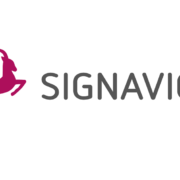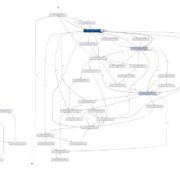Establish a Collaborative Culture – Process Mining Rule 4 of 4
This is article no. 4 of the four-part article series Privacy, Security and Ethics in Process Mining.
 Read this article in German:
Read this article in German:
“Datenschutz, Sicherheit und Ethik beim Process Mining – Regel 4 von 4“
Perhaps the most important ingredient in creating a responsible process mining environment is to establish a collaborative culture within your organization. Process mining can make the flaws in your processes very transparent, much more transparent than some people may be comfortable with. Therefore, you should include change management professionals, for example, Lean practitioners who know how to encourage people to tell each other “the truth”, in your team.
Furthermore, be careful how you communicate the goals of your process mining project and involve relevant stakeholders in a way that ensures their perspective is heard. The goal is to create an atmosphere, where people are not blamed for their mistakes (which only leads to them hiding what they do and working against you) but where everyone is on board with the goals of the project and where the analysis and process improvement is a joint effort.
Do:
- Make sure that you verify the data quality before going into the data analysis, ideally by involving a domain expert already in the data validation step. This way, you can build trust among the process managers that the data reflects what is actually happening and ensure that you have the right understanding of what the data represents.
- Work in an iterative way and present your findings as a starting point for discussion in each iteration. Give people the chance to explain why certain things are happening and let them ask additional questions (to be picked up in the next iteration). This will help to improve the quality and relevance of your analysis as well as increase the buy-in of the process stakeholders in the final results of the project.
Don’t:
- Jump to conclusions. You can never assume that you know everything about the process. For example, slower teams may be handling the difficult cases, people may deviate from the process for good reasons, and you may not see everything in the data (for example, there might be steps that are performed outside of the system). By consistently using your observations as a starting point for discussion, and by allowing people to join in the interpretation, you can start building trust and the collaborative culture that process mining needs to thrive.
- Force any conclusions that you expect, or would like to have, by misrepresenting the data (or by stating things that are not actually supported by the data). Instead, keep track of the steps that you have taken in the data preparation and in your process mining analysis. If there are any doubts about the validity or questions about the basis of your analysis, you can always go back and show, for example, which filters have been applied to the data to come to the particular process view that you are presenting.







Trackbacks & Pingbacks
[…] Read this article in English: “Privacy, Security and Ethics in Process Mining – Rule 4 of 4“ […]
Leave a Reply
Want to join the discussion?Feel free to contribute!